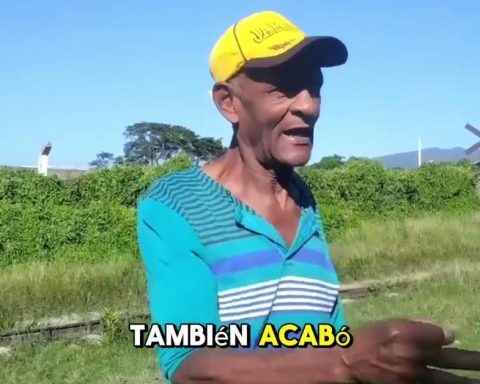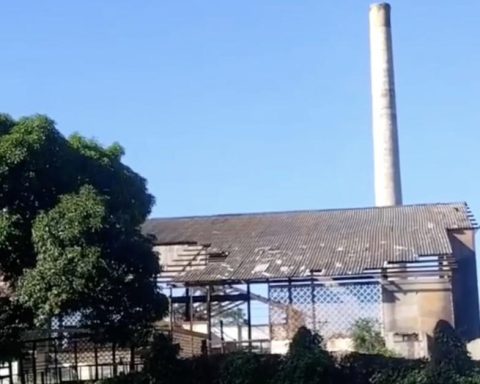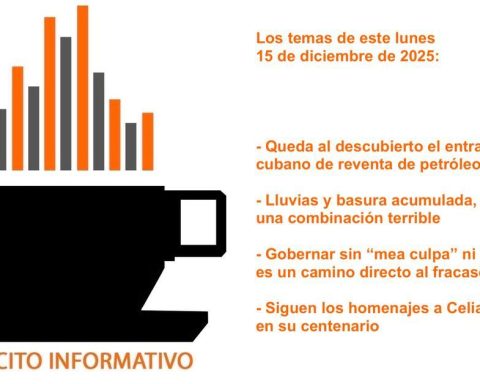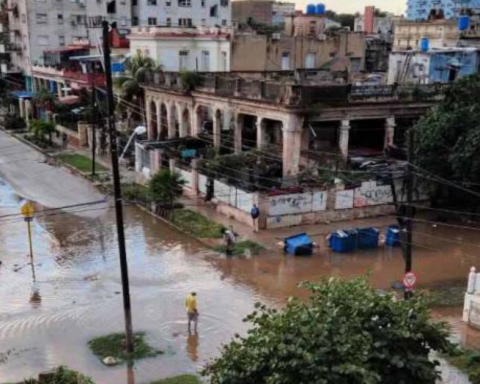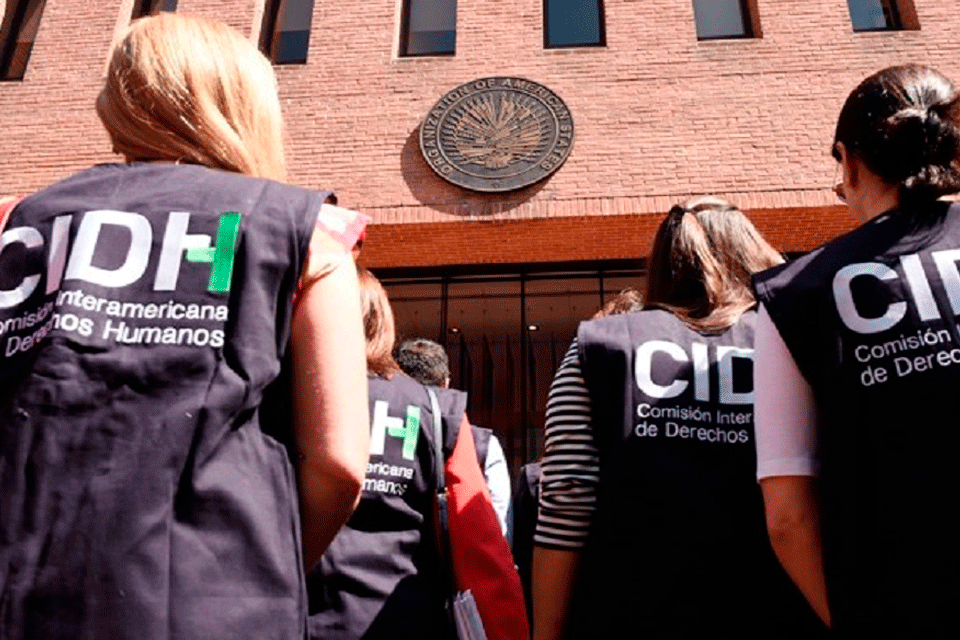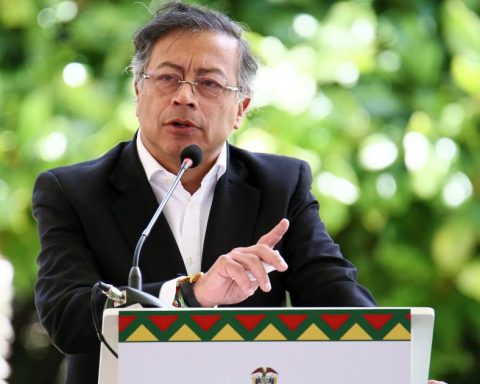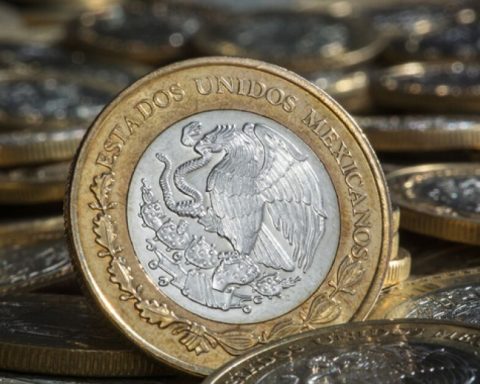Ramp up, Ramp down! It was the motto of those who filled Calle 23 in El Vedado, Havana, on weekends, to walk up to or from the wall of the Malecón, ending up in a movie theater or in line at the Coppelia ice cream parlor. That movement has been replaced by a deserted avenue, which this Saturday at 5:30 in the afternoon was empty of vehicles and passers-by.
The fuel crisis has significantly transformed the panorama of what was once the left atrium of the Havanan heart. Closed cafeterias, restaurants at half speed and sidewalks without the usual traffic of residents of the Cuban capital, travelers from the provinces who came to know the busiest area of the city and tourists eager to visit its bars and cabarets.
“We are selling very little because there are almost no people on the street,” laments Yusier, an employee at a nearby private cafeteria that has gone from having two open rooms to only serving on the terrace. “People no longer move from other municipalities to here because afterwards they have no way to return home with how bad the buses are.”
“But it’s not the same, when you go for a walk and eat, the experience is very different. People are what give life to places and El Vedado is dead right now,” says Yusier.
To alleviate the drop in demand, the private business has set up a home delivery service that brings pizzas, food combos, and cold drinks to customers’ homes. “But it’s not the same, when you go for a walk and eat, the experience is very different. People are what give life to places and El Vedado is dead right now,” says Yusier.
The various lines of collective taxis that use Calle 23 as part of their journey are also greatly diminished. On the same corner that makes the most important avenue of El Vedado with Calle G, three women waited this Saturday afternoon with their arms outstretched to capture an almendrón. “I’ve been here for more than an hour and nothing, I think if I don’t grab something in a while, I’ll walk away,” one of them explained to 14ymedio.
The center of G Street is an area of gardens and benches that until a few years ago was packed with young people and teenagers on weekends. “We have gone from complaining to missing them,” admits María del Carmen, a neighbor of a three-story building on what is also called Avenida de los Presidentes and close to 25th Street. “Before they did not let us sleep and now what makes us lose sleep is that they are not, where did they go?

María del Carmen remembers the intense days when the central promenade of Calle G was filled since Friday with all the urban tribes of Havana. There were rockers, geeks, emos, goths, vampire apprentices, rappers, mikis, repas and whatever trend or group emerged in the largest city in the country. Criticism from neighbors was frequent and the police made constant raids and issued fines.
Now, from that carnival of extravagant clothes, guitars, makeup and laughter, only the memory remains. Niorvis, 32, works as a custodian at a nearby state restaurant that has been under repair for more than five years. “I spent my adolescence between G Street and La Rampa, so when I walk by there now it looks like a funeral home. The passion is over.”
If the fuel of passion is important to fill squares, unite people by affinity and keep a group of friends singing until well into the morning, it is no less true that hydrocarbons are what allow people to meet at a point in the city people from all municipalities. “The meetings on G Street were suffocated by the police with their harassment, the number of people who left the country and the transportation problems,” diagnoses Niorvis.
“I don’t leave my house anymore,” says a woman with a child in her arms. “You can’t even relax because each exit becomes a martyrdom with transport as it is”
While evoking the past, in front of the man’s gaze, a solitary bus passes, somewhat tilted due to the excess of passengers. Dozens of people waiting at the El Quijote park stop are on their guard to try to get into the vehicle. The bus can barely pick up half a dozen customers and awkwardly heads down the wide avenue where only the rattle of the dilapidated vehicle can be heard.
After the departure of the bus, at the stop the temper rises. “I don’t leave my house anymore,” says a woman with a child in her arms. “You can’t even relax because each exit becomes a martyrdom with transport as it is,” adds another. “But, comrades, this is going to be solved soon and there will even be fuel to gargle with,” mocks another.
The afternoon is falling and the buildings are painted in a reddish tone. Throughout the wide avenue 23, the only thing that moves dynamically are the forklifts and the workers who work in the construction of what will be the tallest building in Cuba, the López-Calleja tower as people have baptized it in reference to the tycoon of the Gaesa military consortium, which died last year.
A few illuminated signs begin to light up and La Rampa nocturna becomes a zone of darkness and silence.
________________________
Collaborate with our work:
The team of 14ymedio He is committed to doing serious journalism that reflects the reality of deep Cuba. Thank you for accompanying us on this long road. We invite you to continue supporting us, but this time becoming a member of our newspaper. Together we can continue transforming journalism in Cuba.
